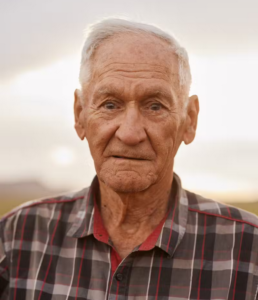 85 year old Rod Rylander purchased 10 acres of remote land in New Mexico with the intention of solving America’s housing crisis on a bare-bones budget. Now he is building an off-grid, solar-powered, 1,200-square-foot home with $50,000, calling his creation “the sustainable home.”
85 year old Rod Rylander purchased 10 acres of remote land in New Mexico with the intention of solving America’s housing crisis on a bare-bones budget. Now he is building an off-grid, solar-powered, 1,200-square-foot home with $50,000, calling his creation “the sustainable home.”
Once he finishes this he plans to break ground on another one, then another after that, until he has ten of them. He believes his simple prototype could be a model for a frugal, off-grid intentional community for artists, military veterans, or families with money constraints when the median price of a home in America is now over $400,000.
Rod worked as a biologist, real estate agent, and builder before getting into social action. He built a solar-powered home out of cob and rammed earth in North Carolina’s Earthaven Ecovillage. He spent the last 20 years splitting time between the “hobbit house” there and Belize, where he volunteered in the Peace Corps.
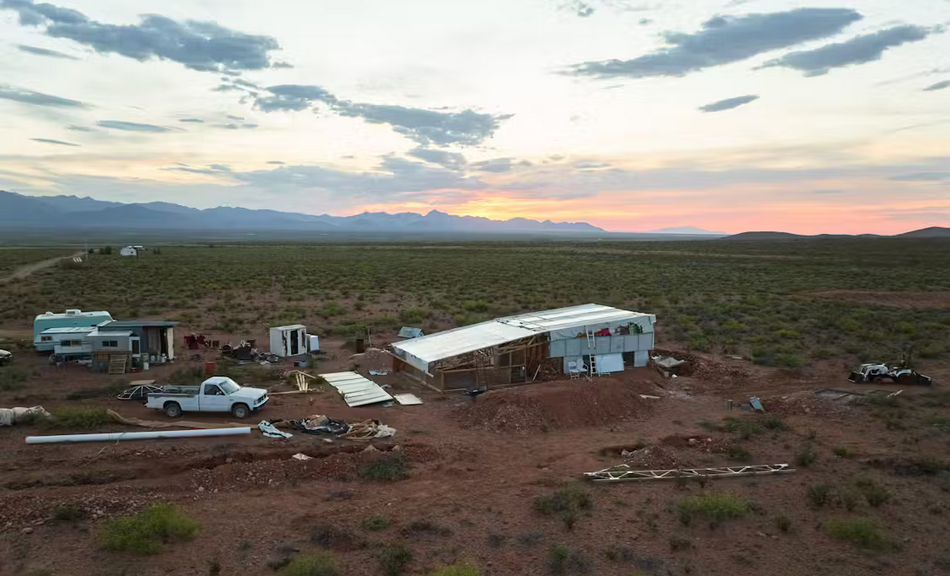 When Rod found vacant land with panoramic mountain and desert views and an existing well for $26,000, he packed up his Honda Civic and drove 1,700 miles west.
When Rod found vacant land with panoramic mountain and desert views and an existing well for $26,000, he packed up his Honda Civic and drove 1,700 miles west.
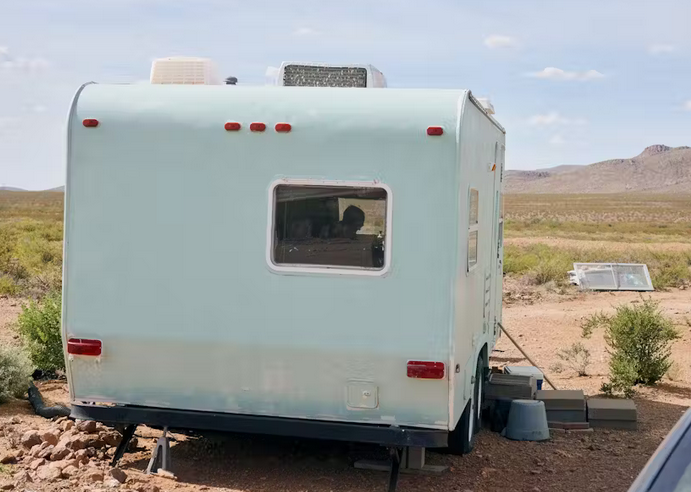 Rod now lives alone on his lot in an old trailer he bought for $2,000. He mostly works alone too, in the 100-degree heat and winter winds.
Rod now lives alone on his lot in an old trailer he bought for $2,000. He mostly works alone too, in the 100-degree heat and winter winds.
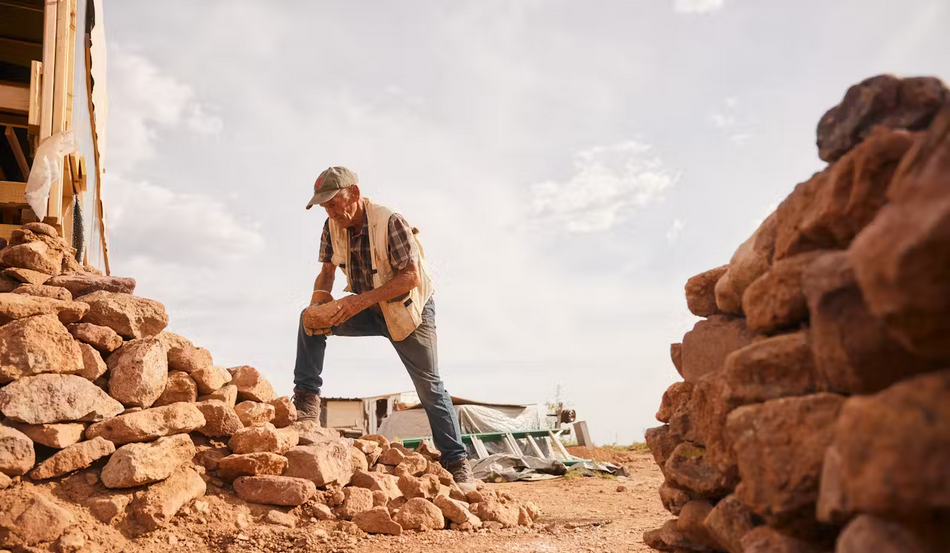 He spent most of last spring and summer pick-axing through the hard dirt to dig out a ground floor for the house living quarters and indoor aquaculture pond, stacking rocks and boulders by hand to build berms and walls.
He spent most of last spring and summer pick-axing through the hard dirt to dig out a ground floor for the house living quarters and indoor aquaculture pond, stacking rocks and boulders by hand to build berms and walls.
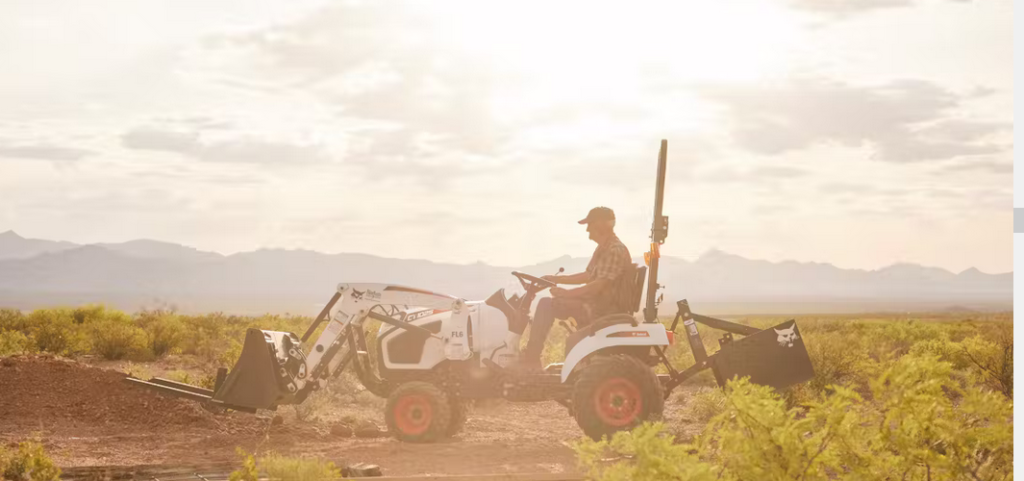 He later bought a small tractor with a box scraper to help.
He later bought a small tractor with a box scraper to help.
“I like to help society,” Rod says. “I’ve been doing that for about the last 40 years and for the next 20 years, I need to hurry and improve on society a little more.”
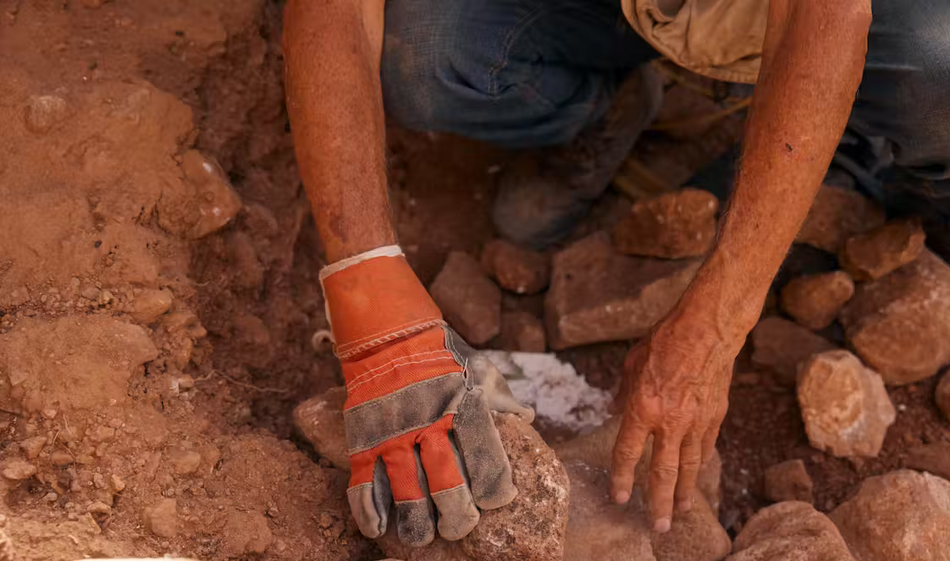 When Rod went into real estate and home building in his late 20s, he described himself as a hippie “without the haircut” and says he understood, early on, that modern housing didn’t square with the environment or most folks’ savings accounts. He built underground houses with a “vertical crawl space” that keeps homes cooler in summer and warmer in the winter, with little to no HVAC.
When Rod went into real estate and home building in his late 20s, he described himself as a hippie “without the haircut” and says he understood, early on, that modern housing didn’t square with the environment or most folks’ savings accounts. He built underground houses with a “vertical crawl space” that keeps homes cooler in summer and warmer in the winter, with little to no HVAC.
Rod also worked as a park ranger at the Grand Canyon around 2005 and built an ecotourism lodge and education center on the Gulf Coast of Texas in the late ’90s. He lived in seven countries and presented papers on sustainability as far away as Papua New Guinea and Nepal.
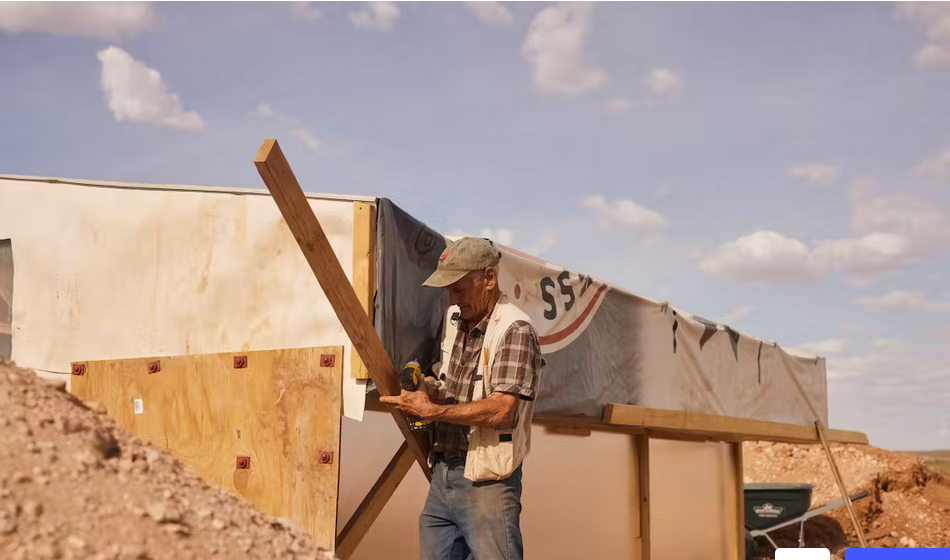 “He just feels like you live until you die, so you live fully,” says Amy Belanger, a longtime friend who built Rylander’s website and helped him raise money through GoFundMe. “He’s like the old ship captain who thinks, ‘If the whale gets me that’s the way I want to go.’ If Rod passes away on the roof of his house in the desert, that’s what he would want.”
“He just feels like you live until you die, so you live fully,” says Amy Belanger, a longtime friend who built Rylander’s website and helped him raise money through GoFundMe. “He’s like the old ship captain who thinks, ‘If the whale gets me that’s the way I want to go.’ If Rod passes away on the roof of his house in the desert, that’s what he would want.”
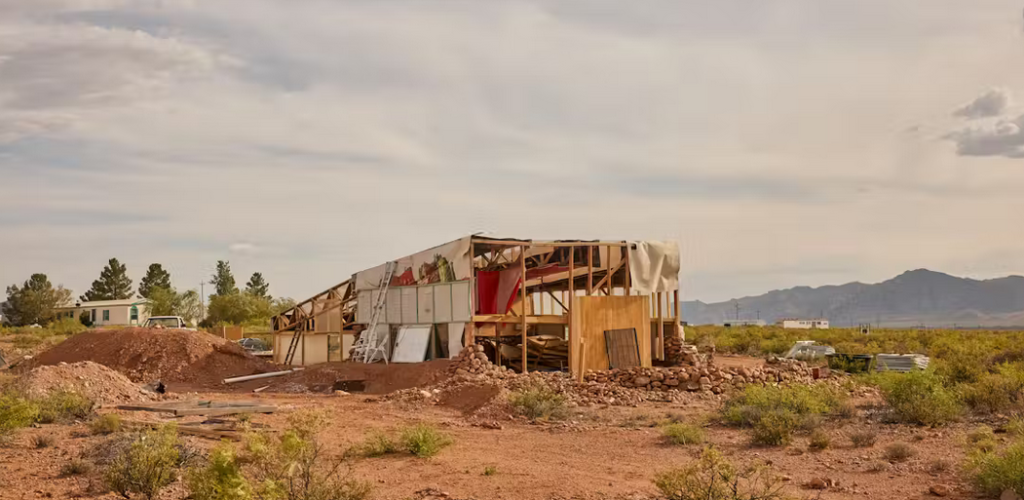 He incorporates air tube ventilation found in Earthships, but he eschews the old tires, beer cans, and especially the concrete commonly used to build them. “Concrete is a big, big energy user and a pollutant,” he says.
He incorporates air tube ventilation found in Earthships, but he eschews the old tires, beer cans, and especially the concrete commonly used to build them. “Concrete is a big, big energy user and a pollutant,” he says.
Along with hauling around rocks and boulders, Rylander spends a lot of time searching for leftover building materials in bulk: hundreds of panels of tempered glass for windows and his aquaculture greenhouse, full trusses to cap the wooden frames and yards of the Naugahyde for the roof. He sees what’s available and figures out if he can use it, giving the home a bit of a fort aesthetic.
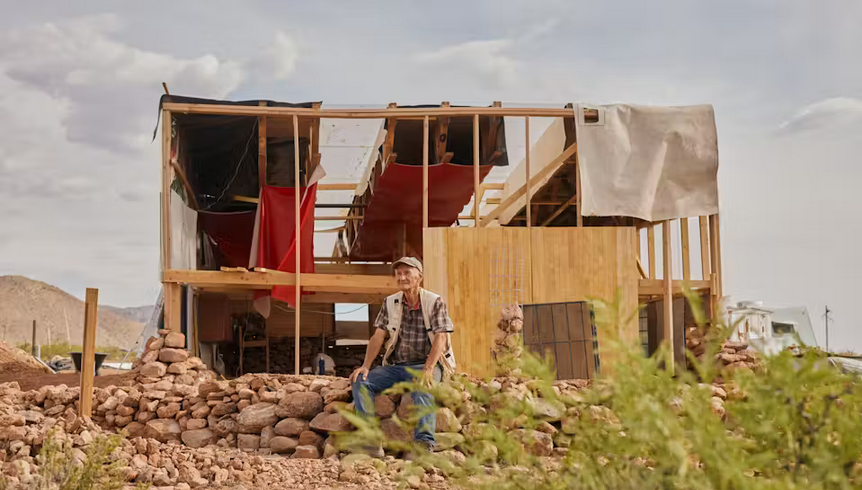 “We’ve been conditioned but we can learn from the past. A lot of these new things we’re doing in vernacular construction have already been done, we’re just relearning how to do it,” Rod says.
“We’ve been conditioned but we can learn from the past. A lot of these new things we’re doing in vernacular construction have already been done, we’re just relearning how to do it,” Rod says.
The next structure will be deeper in the ground, Rod says, describing a wide circle with only the roof visible, inspired by simple homes in the Gobi Desert.
You can read the original article at www.dwell.com

This would be a great housing solution if municipalities would allow it.